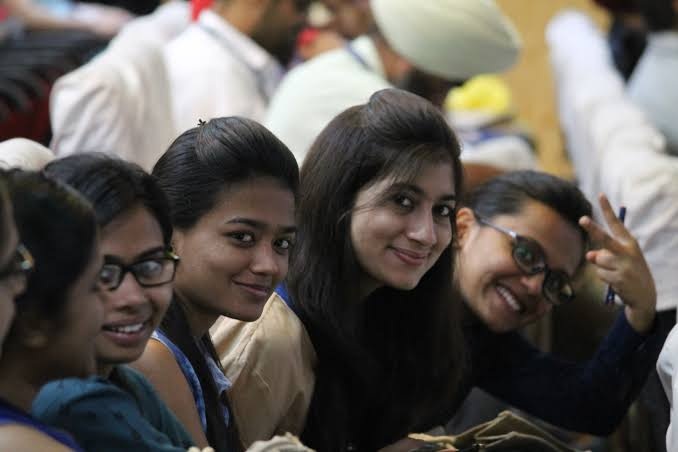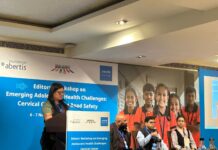New Delhi (NVI): 80 per cent of India’s adolescents (10 to 19 years) – almost 63 million girls and 81 million boys – suffer from ‘hidden hunger’, that is a deficiency of one or more micronutrients such as iron, folate, zinc, vitamin A, vitamin B12 and vitamin D, according to a report.
Over half of adolescents are either short, thin, overweight or obesity. These are the findings of a report on adolescents released at a high-level meeting at the NITI Aayog, together with UNICEF India here on October 31.
This first-ever national analysis on adolescents, diets and nutrition, says ‘Adolescents, Diets and Nutrition: Growing Well in a Changing World’, is based on the recently released Comprehensive National Nutrition Survey (CNNS).
The CNNS data set provides unparalleled new insights into all types of macronutrient and micronutrient malnutrition, dietary habits, life skill behaviours, access to services (school, health and nutrition) and physical activity throughout adolescence (10-19 years) for both girls and boys.
This is the first thematic analysis of the wealth of CNNS data that provides important insights on the lives of India’s adolescents.
The new report reveals that almost all adolescents in India have unhealthy or poor diets. This is the main cause for all forms of malnutrition.
Key facts on the poor diets of adolescents include that fruits and eggs are consumed daily by less than 10 per cent of boys and girls while over 25 per cent of adolescents reported no consumption of green leafy vegetables even once a week. Milk products are consumed by 50 percent of adolescents daily, the report said.
Growing incomes and increased spending on food has translated to greater consumption of fried foods, junk foods, sweets and aerated drinks. Today, 10 to 19-year-olds in every Indian state face an increased risk of diabetes and heart disease.
Adolescent girls especially suffer multiple nutritional deprivations, the report says adding that more girls suffer from shortness than boys while Anaemia affects 40 percent of adolescent girls, compared to 18 per cent of boys, that worsens as they get older.
For the first time, CNN’S data provides the evidence base necessary to implement high impact interventions for adolescent nutrition with full coverage, continuity, intensity and quality.
The report says that focusing on adolescent girls, before they become mothers, is critical to break India’s intergenerational cycle of malnutrition. One of the goals of POSHAN Abhiyaan (National Nutrition Mission) is to reduce anaemia among adolescent girls by 3 per cent per year. Ensuring that school and community-based interventions reach all is essential to achieve this goal.
The findings reveal that nearly 25 percent of girls and boys do not receive any of the four school-based services (mid-day meal, biannual health check-ups, biannual deworming and weekly iron folic acid supplementation). Addressing this gap will be critical to addressing early adolescent nutrition issues.
The report also recognizes how important it is that meals and snacks at home be nutritious. Campaigns on healthy food choices should be centred around the promotion of a variety of items in appropriate proportions at home.
Risks for non-communicable diseases are established in childhood and adolescence. For example, diabetes, cardiovascular diseases and hypertension among adolescents is increasing. The second decade of life (10 to 19 years), is therefore critical to intervene in early adolescence to prevent such diseases.
The report says that all girls and boys are unable to meet the 60 minutes per day recommended outdoor sports and exercise time. On an average, girls in late adolescence spend only 10 minutes per day on such activities. Boys do relatively better, with exercise time of 40 to 50 minutes per day.
-sb











